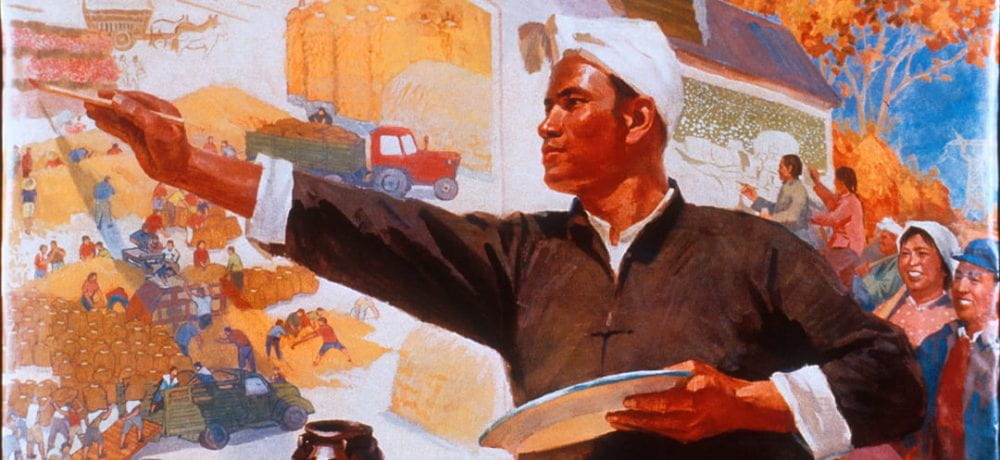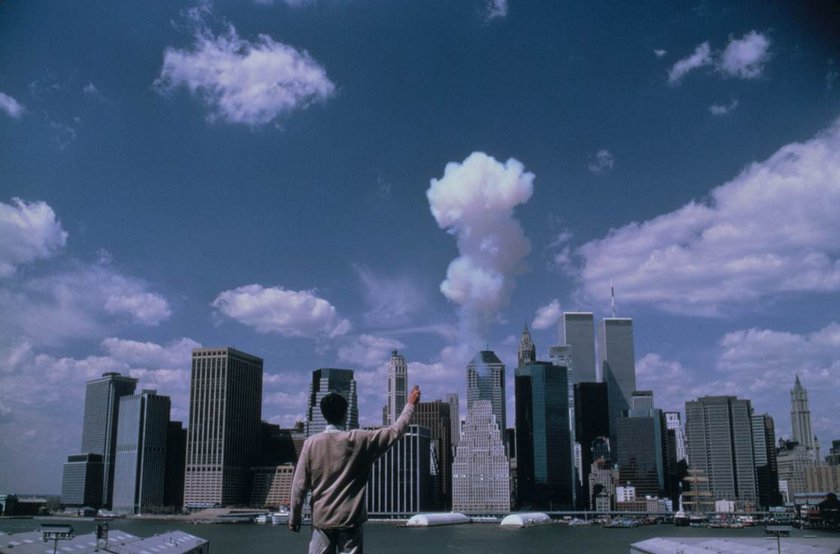Most of Cai’s art is large scale installations or series. This includes works I’ve written about before including the Mushroom Clouds photo series (Tufnell 2012) and the Fireflies Installation of light up petty cabs (“Cai Guo-Qiang: Fireflies.”). These two are only the beginning of Cai’s wide portfolio of large pieces of art. Cai uses his art to make a point, get a message across, or inspire a certain emotion in the viewers. Can uses unique mediums such as gun powder and fire that really catch the views attention and can inspire fear and sadness as they did in his mushroom cloud series, or inspire wonder as they did at an opening he conducted that ended in the fire department being called as viewers watched on amazed (“Playing with fire.” ). He has also had installations meant to bring joy and disgust, showing the wide range of emotions he has been able to inspire through art. Furthermore, Cai tends to have a message with his art, he uses it to make a point. He once took a stance against pollution with an installation that grotesquely showed the effect it has on animals (“China’s Pollution Crisis Inspires an Unsettling Art Exhibit”). This is what I think relates him back to a lot of the art we have studied so far in class: it all had a larger meaning, it was being used to make a point. Like the Woodblocks that represented the Communist Party and what they stood for or the paintings of Mao depicting him as one of the people to inspire trust.
Cai draws on the influence of these artists who work to make a point and inspire thought through large scale installation pieces. This paper will examine that. It will look at how Cai creates his work with the audience’s emotional reaction in mind and how the lifelike style and interactiveness of Cai’s different works can help to intensify the emotional response of the viewers.
China’s Pollution Crisis Inspires an Unsettling Art Exhibit 2014. Washington, D.C.: NPR. https://search.proquest.com/docview/2149163363?accountid=14637.
“Cai Guo-Qiang: Fireflies.” Association for Public Art., accessed May 8, 2020, https://www.associationforpublicart.org/project/cai-guo-qiang-fireflies/.
Ben Tufnell, ‘Atomic Tourism and False Memories: Cai Guo-Qiang’s The Century with Mushroom Clouds: Art & Environment’, in Tate Papers, no.17, Spring 2012, https://www.tate.org.uk/research/publications/tate-papers/17/atomic-tourism-and-false-memories-cai-guo-qiangs-the-century-with-mushroom-clouds, accessed 8 May 2020.
“Playing with fire.” Economist, April 5, 2003, 94. The Economist Historical Archive, 1843-2015 (accessed May 8, 2020). https://link.gale.com/apps/doc/GP4100336459/ECON?u=nysl_ca_unionc&sid=ECON&xid=b6bb28dd.




